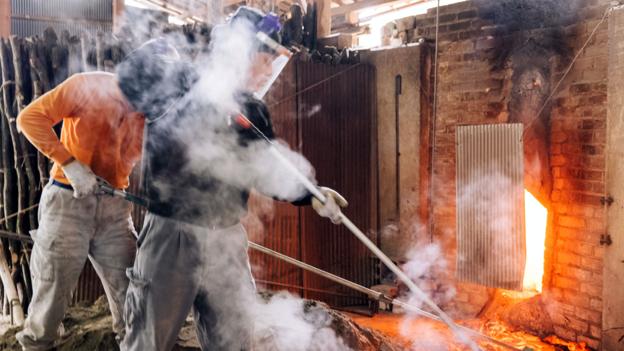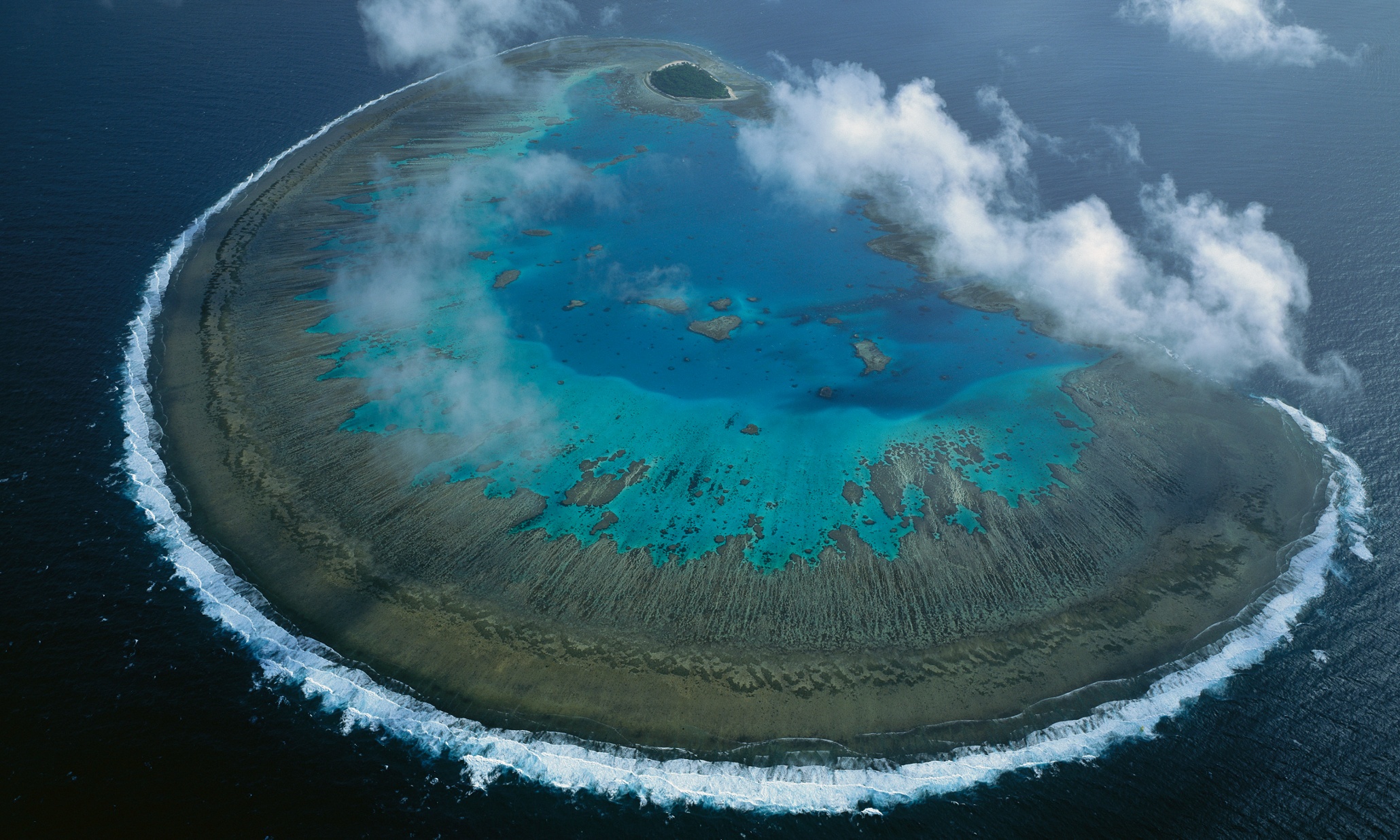This post may contain affiliate links. We may earn money or products from the highlighted keywords or companies or banners mentioned in this post.

Wakayama Prefecture, a sparsely populated region in Japan’s Kansai region, is renowned for its plums and mandarin oranges. Less known is that it produces what might be the world's finest cooking charcoal.
No ordinary cooking agent, Kishu Binchotan has been marketed as everything from an air and water purifier to a mood enhancer. A white charcoal made from the indigenous ubame oak, it considered the world’s best fuel for grilling, especially Japanese dishes such as yakitori (grilled chicken skewers) and unagi (grilled eel), and chefs around the world swear that it imparts meat and seafood with a flavour unachievable using other charcoals.
In Wakayama City, I headed to the yakitori restaurant Mitsuboshi (4 Chome-70 Misonocho; 073-425-0666), and ordered five chicken skewers and a beer. When I asked the chef why they use Kishu Binchotan rather than a cheaper variety of charcoal, he listed the reasons in a well-practiced routine, emphasizing his points with the skewers as he turned them on the grill. The white charcoal, he said, burns at a lower temperature, doesn't release smoke or odours into the meat, and most incredibly, he claimed, it emits far infrared waves – which sounded far-fetched. But, I had to admit, the chicken started to taste better the more I let myself believe it all might be true.
I had to admit, the chicken started to taste better.
The next morning I took a coastline train from Wakayama City to Minabe to meet and observe one of the region’s finest Kishu Binchotan makers, Mitsuo Okazaki, at his workshop. This small coastal town of 14,000 – surrounded by mountains and bifurcated by a river that bears its name – is the country’s main producer of Kishu Binchotan, thanks to forests full of ubame oak not found anywhere else in the world. It’s also the largest producer of ume, Japanese plums. I was lucky enough to arrive at first bloom and the mountainside orchards were already white with flowers, their gentle fragrance carried on the breeze.
At Okazaki’s workshop, he and his assistant were busy making Kishu Binchotan, reaching into the kiln with long metal rakes suspended from hooks. Ash floated in the air, creating a haze that diffused the glow of the kiln, before settling on every surface it could find.
I introduced myself as Okazaki wiped his face with a towel and grabbed a bottle of water from a huge supply behind the piles of oak. In winter, he said, the warmth of the kiln makes work rather pleasant, but during the humid Wakayama summers, the intensity of the heat becomes almost unbearable. As he waited for the batch of charcoal to finish its first burn, he explained the basics of the Kishu Binchotan process.
First, ubame oak is baked at low temperatures in the handmade clay kiln. The temperature is then rapidly increased before the embers are starved of oxygen by shutting the opening to the firebox, thereby protecting the carbon in the wood. It’s that last step that differs most from typical charcoal making.
Okazaki explained that he knows the wood has reached the right temperature when it turns a lemon yellow. The men then use the rakes to drag the glowing links of wood from the oven and shift them toward the piles of ash. Okazaki demonstrated, sending sparks into the air. Once buried, plumes of dust puffed from the embers below, making the grey smoldering pile seem alive. The ash gradually cools the Kishu Binchotan and gives the wood its distinctive white appearance.
I was transfixed by the process. The combination of warmth and light lulled me into quiet observation. I felt the primal appeal of this work and understood why family Kishu Binchotan operations have continued in this way for hundreds of years.
I was transfixed by the process.
But Kishu Binchotan’s recent popularity as a household and health panacea – it’s thought to absorb harmful chemicals better than other charcoals – has increased demand to unsustainable levels, straining artisans like Okazaki who rely on the limited supply of native ubame oak. Kishu Binchotan is the active ingredient in many cosmetics, shampoos and toothpastes; the unburned charcoal is put in closets and refrigerators to improve the air quality and absorb odours; and, most dubiously, it’s thought to be a mood-enhancer, due to the minus ions that are constantly released from the activated carbon and thought to increase serotonin levels in the brain.
When the men finished their next batch of charcoal, I asked Okazaki what he thought about these claims. He shrugged and said Kishu Binchotan should really be used for its original purpose: cooking. As to which foods benefit most from Kishu Binchotan, Okazaki rattled off a list including wagyu beef, lamb and yakitori, but landed on saba shioyakai (salted mackerel) as the dish he thinks best reveals the subtle aroma of wood. The smell of fish cooking on Kishu Binchotan reminds him of winter meals as a child.
According to Okasaki, the next generation will keep producing Kishu Binchotan, but not in the same way. It’s too labour intensive and there are industrial ovens that can now be used. But he also believes these ovens burn the life out of the wood, noting that each bundle of branches is different from the next. It takes a human touch to recognize those differences, to cut only the branches that are ready, adjust the burn time and transform ubame from simple hardwood to charcoal without destroying that life force. The basics of making Kishu Binchotan can be learned in a year or so, but perfecting the consistency of the charcoal is an instinct that takes decades to develop.
The white charcoal makers of Wakayama are more than traditional artisans. They are stewards of the ubame forests, carefully selecting branches to maintain the health of the trees and working collectively to prevent ubame from being exploited beyond its limits. Okazaki and his fellow makers care deeply about creating a sustainable, high-quality product, and about passing those ways on to the next generation. And it’s that commitment to the entire life cycle that leads to some fantastic tasting meat.
If you liked this story, sign up for the weekly bbc.com features newsletter, called “If You Only Read 6 Things This Week”. A handpicked selection of stories from BBC Future, Earth, Culture, Capital, Travel and Autos, delivered to your inbox every Friday.










